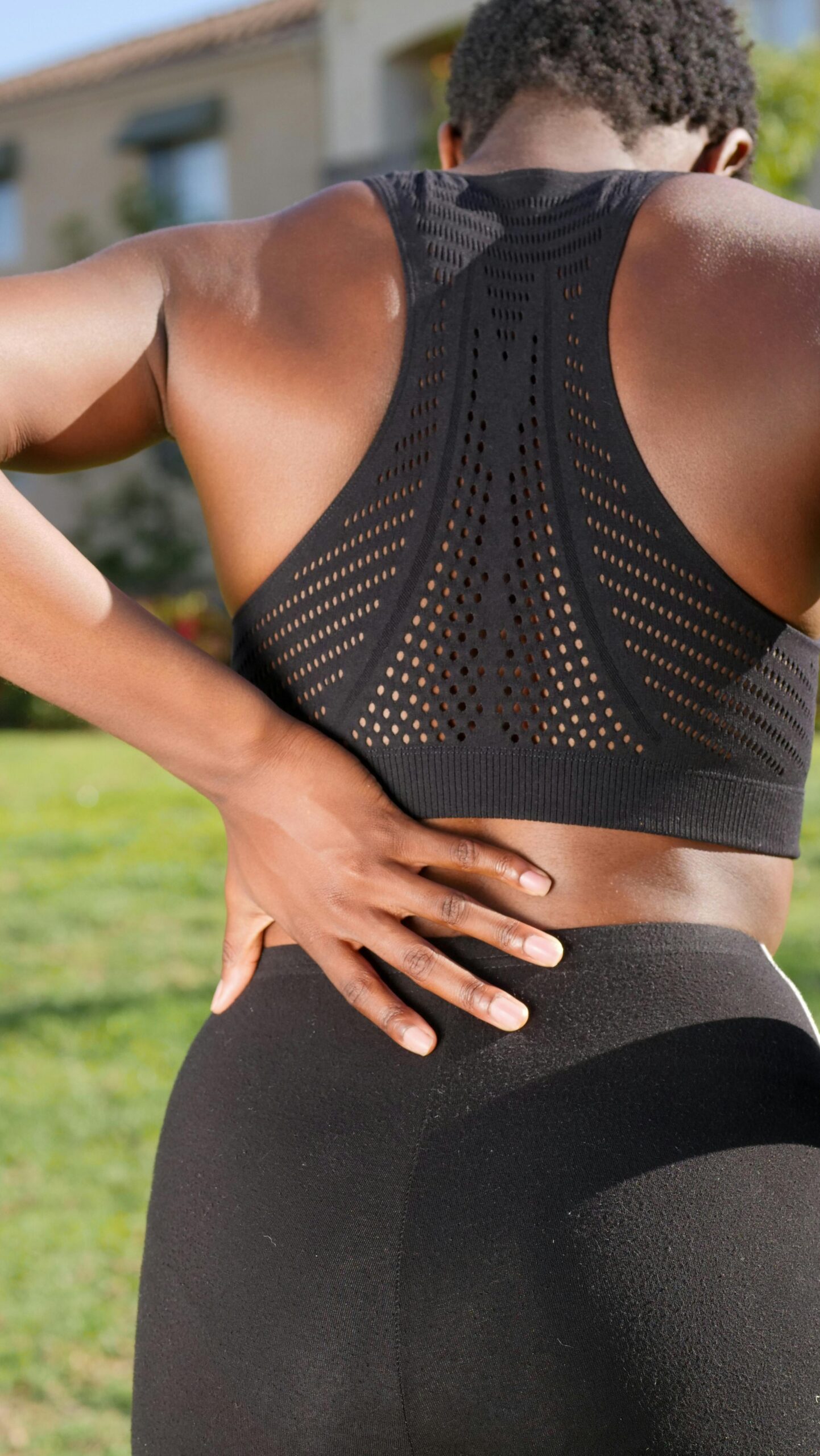The back is an essential part of all human movement. It is estimated that 70-90% of all Australians will experience low back pain at some point in their life. It can be very debilitating and is the second leading cause of disease burden in Australia.
A Brief Anatomy
There are multiple layers of muscles and fascia that make up the anatomy of the back. Larger, more superficial muscles such as the trapezius control limb movements and connect the trunk and limbs. The intermediate erector spinae muscles are long and are responsible for extending (bending backwards) and laterally flexing (bending to the side) the trunk. The deepest muscles stabilise the vertebrae (spinal segments) during movement and assist larger movements.
Beneath all these muscles, the vertebral column and nerve roots lie. The lower back is generally defined as the lumbar spine and the sacral spine. The lumbar spine consists of 5 vertebrae and the sacral spine consists of 5 fused vertebrae. The coccyx is then attached to the sacrum.
There are multiple joints that connect the vertebrae. In the lumbar spine, intervertebral discs sit in between each vertebra and act like compressive cushions. All the nerves of the lower limbs arise from the spinal cord and pass through the vertebrae of the lumbar and sacral spine where they then travel down the limbs.
What Can Cause Low Back Pain?
Because there isn’t a type of test or scan that can definitively identify the source of pain, diagnosis can often be a challenge. However, structures that appear to contribute to this problem often behave in predictable ways.
Intervertebral Disc (Discogenic) Pain
As mentioned above, we have intervertebral discs between each vertebrae in our back. Essentially, they are made up of a gel like centre surrounded by a fibrous ring.
Studies have shown that intervertebral discs may be responsible for 26% or even 39% of the symptoms experienced by people with a long history (chronic) of low back pain.
Generally speaking people with discogenic pain don’t like activities such as bending, twisting, lifting and sitting. Further, they are often more comfortable when they are up and about standing or walking.
Facet Joint Pain
Facet joints are formed between the articular processes of two adjacent vertebrae.
It has been found that 15% or even up to 40% of patients with chronic low back pain may have the facet joint as the source of their symptoms.
Those people with a painful facet joint may have pain on one or both sides of their back. Often, they find prolonged standing or walking to be aggravating and may find leaning backwards to be particularly painful.
Radiculopathy
A radiculopathy occurs when inflammation, compression, or injury of a nerve root in the lower back causes leg symptoms such as tingling, numbness or shooting pain. It may also be referred to as a “nerve root irritation” or “sciatica”.
The key feature of this type of pain is that the symptoms in the leg are generally far more troubling than any pain in the back itself. In fact, some people with a radiculopathy don’t experience any back pain at all.
Myofascial Referred Pain
Myofascial referred pain is pain that has a muscle as the source of the symptoms.
This type of pain can sometimes be mistaken for a radiculopathy however, unlike a radiculopathy, the pain is often more noticeable in the gluteals (backside) rather than the leg.
What Can I Do?
The good news is most low back pain improves significantly in the first 6 weeks! However, if you want a helping hand, head over to our Fix Your Pain page so one of our physios can help get you on the road to recovery!



